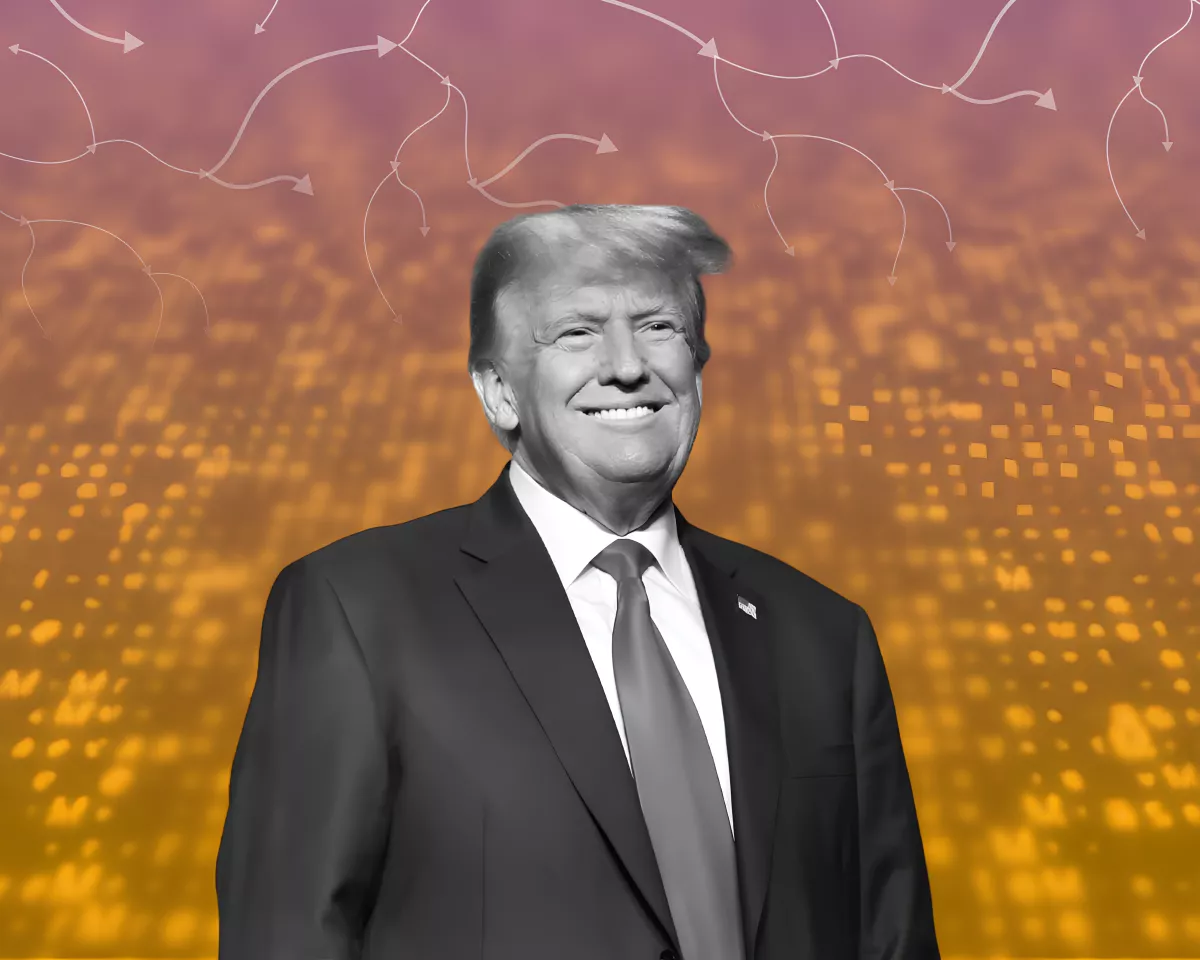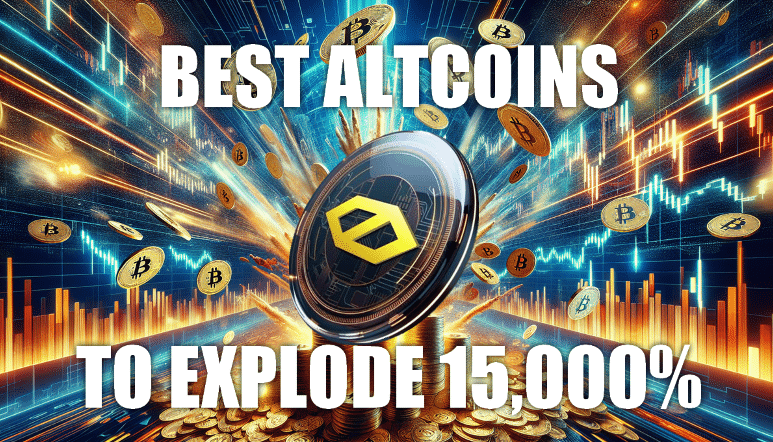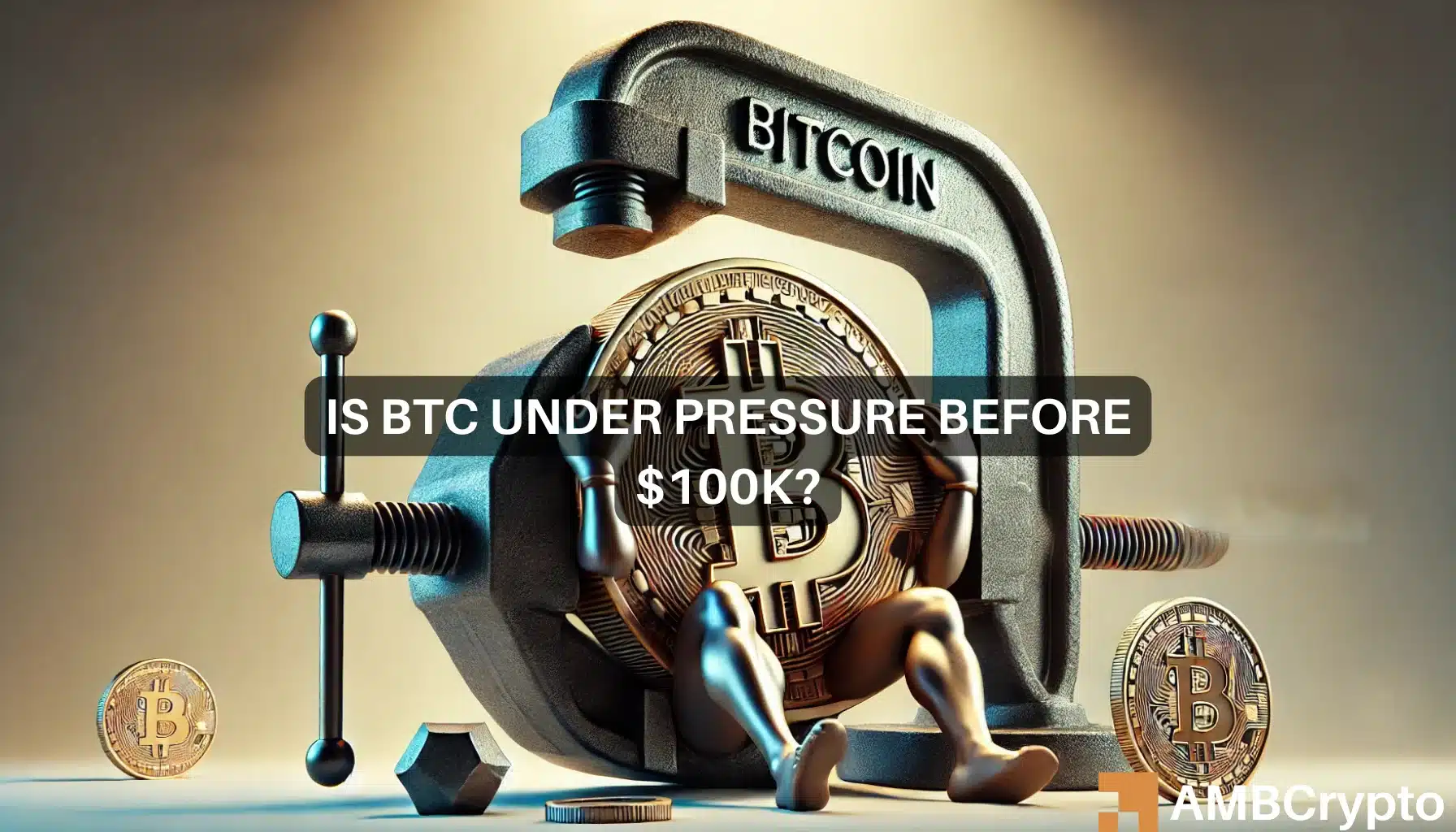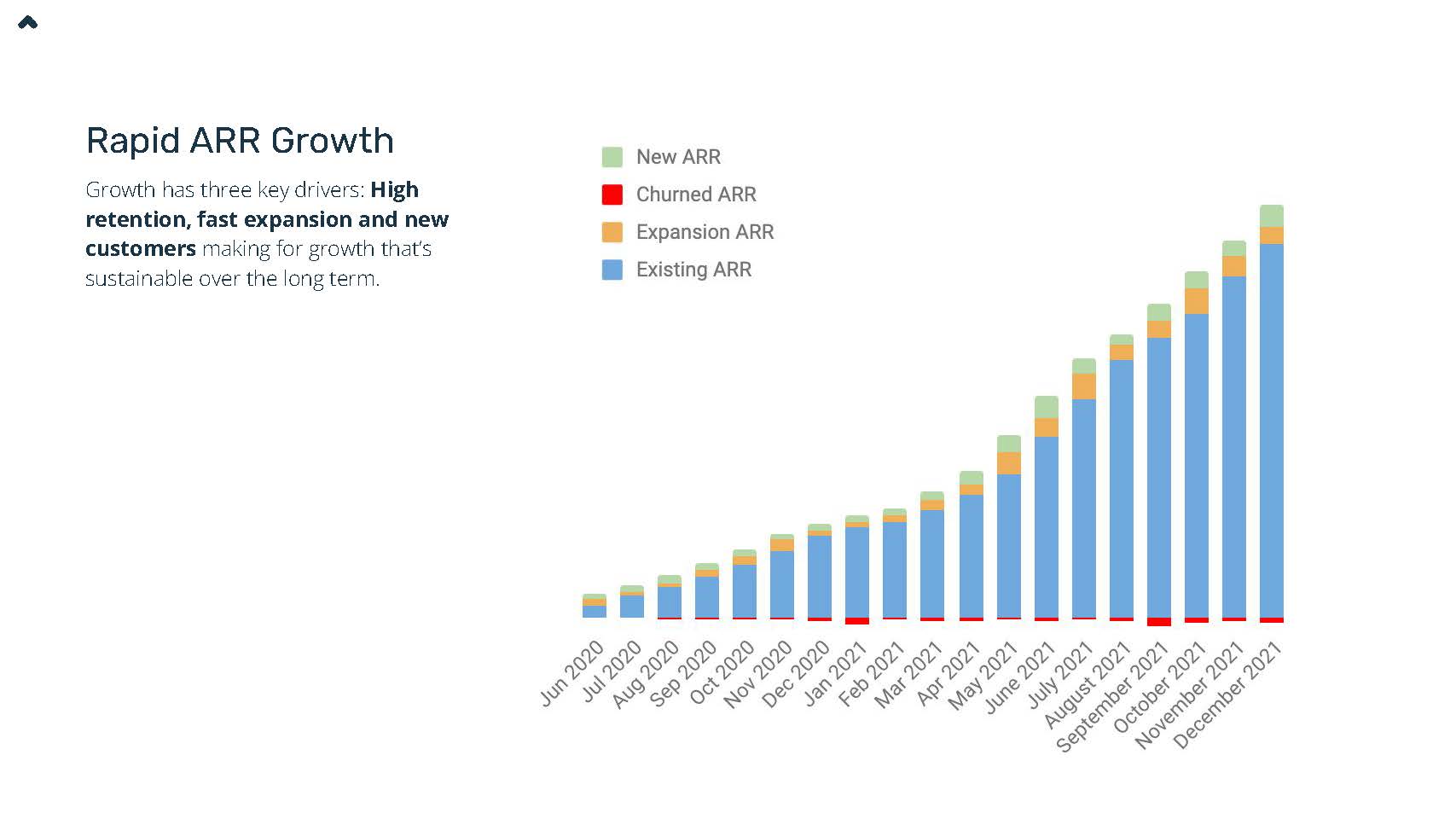
How about we answer the three above questions? Some of the most asked in crypto – let’s get to it.
Ethereum’s Problems
Ethereum’s problems are well publicised. I sometimes like to lament that it has become a blockchain of the elites, such are the prohibitive gas prices. Want to buy a CryptoPunk NFT for $500,000? Then sure, one can stomach the $100 gas fee – a 0.02% charge. With credit card fees generally in the 1%-3% range, that’s fine.
But not everyone has half a million dollars to drop on a pixelated avatar. If I want to mint my own NFT, for example, on OpenSea (which runs on Ethereum), I’m being charged the same flat fee. So when I try mint the below NFT and list it for 0.01 ETH ($29), the gas charge of $93 represents a 315% fee.
 I have some spare time on my hands…
I have some spare time on my hands…Obviously, it’s totally unfeasible unless the transactions are very large. I have been waiting to mint my NFT for six months now; I’m pining for the day I can mint it on Ethereum and set it as my verified profile picture on Twitter – you know, that lovely hexagonal profile picture that symbolises a verified NFT. Why? Because I’m strange.
 The day I mint this NFT will be the day the merge goes live. I’ll treat myself – a celebration of sorts.
The day I mint this NFT will be the day the merge goes live. I’ll treat myself – a celebration of sorts.The changes
At this point, the ETH merge has nearly taken on a mythical quality. Like the Loch Ness monster in Scotland, some are doubting they’ll ever see it, while others are rabid believers. But it’s coming – don’t worry.
There will be two main updates, to what was formerly described as ETH 2.0 (although the term has become somewhat obsolete). The first will be the change of the blockchain verification method, from Proof-of-Work (PoW) to Proof-of-Stake (PoS) – and this is what is commonly referred to as the merge. The move, according to the Ethereum Foundation, is expected to reduce the energy output of the cryptocurrency by up to 99%.
The second major change is the implementation of sharding. This means splitting the blockchain into pieces. In such a way, nodes deal with smaller amounts of data, rather than tackling the entire blockchain as it normally would. More transactions can then be processed simultaneously, while there are not major sacrifices to security or decentralisation. Sharding helps ramp up transaction speed, which is a key step to scaling up capacity. Swapping to Proof-of-Stake will vastly reduce the energy output of Ethereum.
Implications
With Ethereum currently limited at around 30 transactions per second (TPS), the network is often congested. Doggy tokens, Elon Musk tweets and myriad other events often clog the network and hike gas fees to eye-boggling levels. With sharding, alongside the other technical updates, the hope is that the TPS can rise to 100,000 per second.
That’s a high-level summary of the enormous technical overhaul that is the merge, but the objectives are much simpler to articulate: reduce those nasty gas fees, scale the capacity of the network and increase the sustainability.
Clearly, these are badly needed. The graph below shows that my sky-high $90 gas fee quote from above actually comes at a time when gas is relatively “cheap”. Four weeks ago, it would have been at $300.
 Ethereum gas fees, priced in gwei (a denomination of ETH) -data via IntoTheBlock
Ethereum gas fees, priced in gwei (a denomination of ETH) -data via IntoTheBlockBlockchain Trilemma
The cryptocurrency trilemma is the name we give to one of the biggest technical challenges of cryptocurrency – how it is so difficult to simultaneously solve three of the key aspects of a blockchain without compromising on one of them: scalability, decentralisation and security. The finer technical details of the trilemma are beyond the scope of this article, but a neat in-depth description of this can be read here.
The hope is that the updates to Ethereum bring it closer to thwarting this challenge. In visual terms, my absolutely beautiful drawing of the trilemma is below – you can pick one side of the triangle easily, but grabbing all three is the real challenge.
For example, Bitcoin has security and decentralisation mastered, but the scalability is a problem (given it is PoW, akin to Ethereum at the moment). While BNB, the Binance-launched network, have incredibly enjoyable low fees – solving scalability and security well, but with a complete disregard for decentralisation.
 Yeah, I can art
Yeah, I can artTiming
So…when? The question has become one of the most discussed in cryptocurrency. Second only to Bitcoin, Ethereum is the home of DeFi; the playground for virtual builders; the trendsetter. Its influence on the space is huge, and cryptocurrency is eagerly awaiting the upgrades.
The frustrating part is that there is no tangible answer to “when”. It was expected to go live quite some time ago, but there have been a series of pushbacks. This is uncharted territory – not only is this completely new technology, but there has never been an upgrade of this magnitude to any other cryptocurrency. ETH carries a market cap of $409 billion and has thousands of developers building on it. It has real consequence as a major asset, with billions of dollars shifting around the blockchain daily , as shown by the graph below, which displays total daily exchange volume YTD.
 Data via IntoTheBlock
Data via IntoTheBlockSummer 2022
Staking was launched in December 2020, but since then a lot of investors have grown impatient with what they perceive to be a lack of progress. However, one shouldn’t underestimate the sheer scale of what is being attempted here. The research alone on how to transition – safely and securely – from a PoW mechanism to a PoS is a large undertaking.
Some of the smartest minds in the planet are working on Ethereum, and progress is continuing behind the scenes. Ethereum Foundation (EF) researcher Danny Ryan stated at ETHDenver last month that, unless “something insanely catastrophic” occurs, the merge will take place within the next six months.
Testnets seem to be advancing, with positive rumblings coming out of the devs and other insiders. Reading between the lines, all appears on track for a summer launch. Once live, Ethereum miners will be given the cold shoulder, and Ethereum will become a full PoS network – an eventuality that still seems crazy to type out, but very exciting.
Search Trends
Looking at Google Trends, interest in the merge has rocketed over the last couple of weeks with searches for “Ethereum merge” hitting all-time highs. This is most likely due to the successful merge on the Kiln testnet, with investors beginning to feel more positive that the big upgrade is imminent.
 “Ethereum merge” search hits all-time highs, via Google Trends
“Ethereum merge” search hits all-time highs, via Google TrendsExtinction of the Miners
Ethereum will then become “green”, with no ocean-boiling narrative to contest with. GPU cards will be made redundant, ASICS no more. Big mining farms will give way to personal laptops, and miners will have to migrate to other coins or find a new hobby.
Another important change is the inflation of ETH, which will drop circa 300 bps to 1% annually, as new supply that is currently being distributed to miners will obviously no longer occur. Perhaps ETH will even become deflationary, given the transactions will require a burning of ETH.
My gut feel is we do get our updates by the summer. If we don’t have the merge by then, I’ll start throwing my toys out of the pram, but I have faith it won’t come to that.
We are nearly there. I’m excited.
The post Ethereum Merge – when, why and what? appeared first on Invezz.















 English (US) ·
English (US) ·